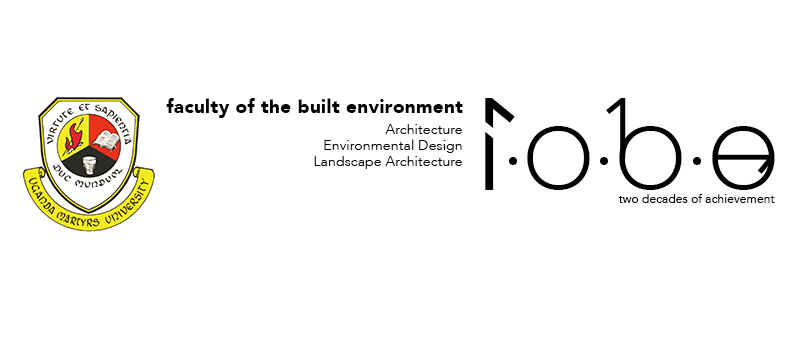Passive Solar Design, Solar Radiation and the Greenhouse Effect
‘Passive Solar Design’ is the name given to the combination of techniques by which buildings may be heated during cold periods of the day or year by utilising solar energy, without complex mechanisms or mechanical equipment. It may also involve the more indirect transfer of heat (e.g. by means of a medium such as water or air through pipes or ducts), but the ‘driving force’ must be ‘natural’, such as air Temperature Gradients and natural convection. The term extends to cover climatic design for summer which keeps buildings cool by ‘natural means such as shading, cool breezes, and Ventilation driven by Temperature Gradients and the Pitot Effect.
In this context, Solar Energy includes all forms of naturally occurring energies (except Geothermal and of course Nuclear Energy). Wind Energy is ultimately driven by Temperature and Pressure gradients caused by Solar Radiation; ‘water power’ derives from Hydrostatic Pressure or ‘head’ provided by the Water Cycle.
The Greenhouse Effect’ is the major phenomenon exploited by climatic building design. It depends on the fact that glass and other Transparent / Translucent building materials (and the earth’s atmosphere) are relatively transparent to the High-Frequency Radiation from the sun, but relatively Opaque to the low-frequency radiation (heat) given off by building materials, contents and inhabitants, etc.. It is not surprisingly most clearly demonstrated in Greenhouses.
